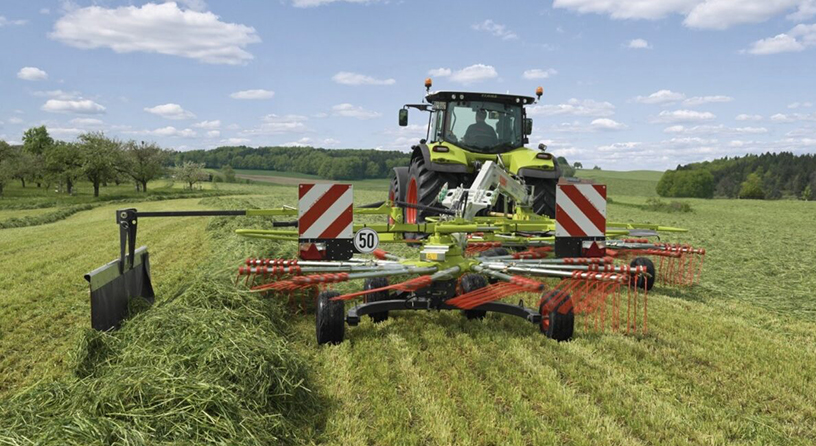
Starter Fertilizer For Corn: 5 Things To Know
Most farmers are decreasing the use of a starter fertilizer into their cropping systems, yet crop producers still have interest in the practice if it contributes to a greater yield.
-Credit By Dan Kaiser, University of Minnesota Extension nutrient management specialist and Jeff Vetsch, soil scientist
Most farmers are decreasing the use of a starter fertilizer into their cropping systems, yet crop producers still have interest in the practice if it contributes to a greater yield. While a starter does make sense in some circumstances, getting an economic benefit is not always guaranteed. Here are a five tips to consider before trying to determine if starter fertilizer is right for you.
MAKE YOUR DECISION
Research does not overwhelmingly support the widespread use of starter fertilizer in many regions. The most noticeable benefit to using a starter is a increased early growth. However, this effect can be purely cosmetic and not provide any benefits for yield. The primary benefit to in-furrow application is enhanced uptake of nutrients, like nitrogen and phosphorus, that are in short supply early in the growing season. Reduced tillage systems may have a greater benefit when using in-furrow starter due to cooler and wetter soils.
WEIGH YOUR PLACEMENT OPTIONS
Placement options can vary based on which nutrients you want to apply. Immobile nutrients like phosphorus, potassium, and micronutrients like zinc need to be placed near the roots for maximum benefit. Nitrogen and sulfur are mobile, and too much of these nutrients applied near the seed can reduce germination. In continuous corn, research has shown some benefit to nitrogen and sulfur banded on the soil surface to the side of the seed row. This also can work for corn following soybeans in poorly drained soils. Too much of any starter can present risks for stand damage. One way to mitigate these issues is placement away from the seed with at least one inch of soil between the seed and the starter band.
CHOOSE YOUR SOURCE
There are many options when selecting liquid fertilizer to use as a starter. Corn yield is mostly impacted by nutrients in the shortest supply. Selecting a starter which will apply the needed nutrients is critical. If you want to enhance early growth, select a starter with a high phosphorus pentoxide content that can economically supply 10 pounds of phosphorus pentoxide per acre and apply it in-furrow. This will increase growth, hasten dry down at the end of the growing season and possibly increase yield. For high residue systems, you’ll likely need nitrogen and sulfur combinations of 28% or 32% UAN with ammonium thiosulfate banded on the soil surface.
ORTHO -VERUS POLY-PHOSHATE
The argument between whether to use a 100% ortho-phosphate starter versus a source with polyphosphate revolves around whether to buy a higher-cost low salt product versus 10-34-0. While it is true that plants will not take up polyphosphate, 10-34-0 contains both ortho- and polyphosphate. It can take time for polyphosphate to convert to orthophosphate but it should occur rapidly in most soils. There may be some benefit to the higher-cost products if you need to supply potassium, but the best bet is to compare products by calculating the cost of the products per unit nutrient applied. A product like 10-34-0 is still a good option as it contains a greater concentration of phosphorus pentoxide than other products.
WHAT RATE SHOULD I CHOOSE
Rate options vary by placement and what nutrients are being applied. Calculators can be a aid in selecting the right rate, but keep in-furrow starter fertilizer rates as low as required to get the desired effect. Remember that the amount of fertilizer placed on the seed will vary based on soil dryness. Placement in a sub-surface band away from the seed or one or two inches to the side of the row on the soil surface allow greater flexibility. When selecting the right rate account for the nutrients in the starter. Those applications should be considered supplemental to what you apply in manure or dry fertilizer sources.
With any fertilizer source, the answer boils down to whether you need the nutrients. Yes, a starter can potentially pay by reducing drying costs but that is not always guaranteed. The best way to evaluate the practice is to turn off the starter for a few passes. Check to see if starter pays, then adjust your cropping practices to ensure you are getting the most profit for your investment.